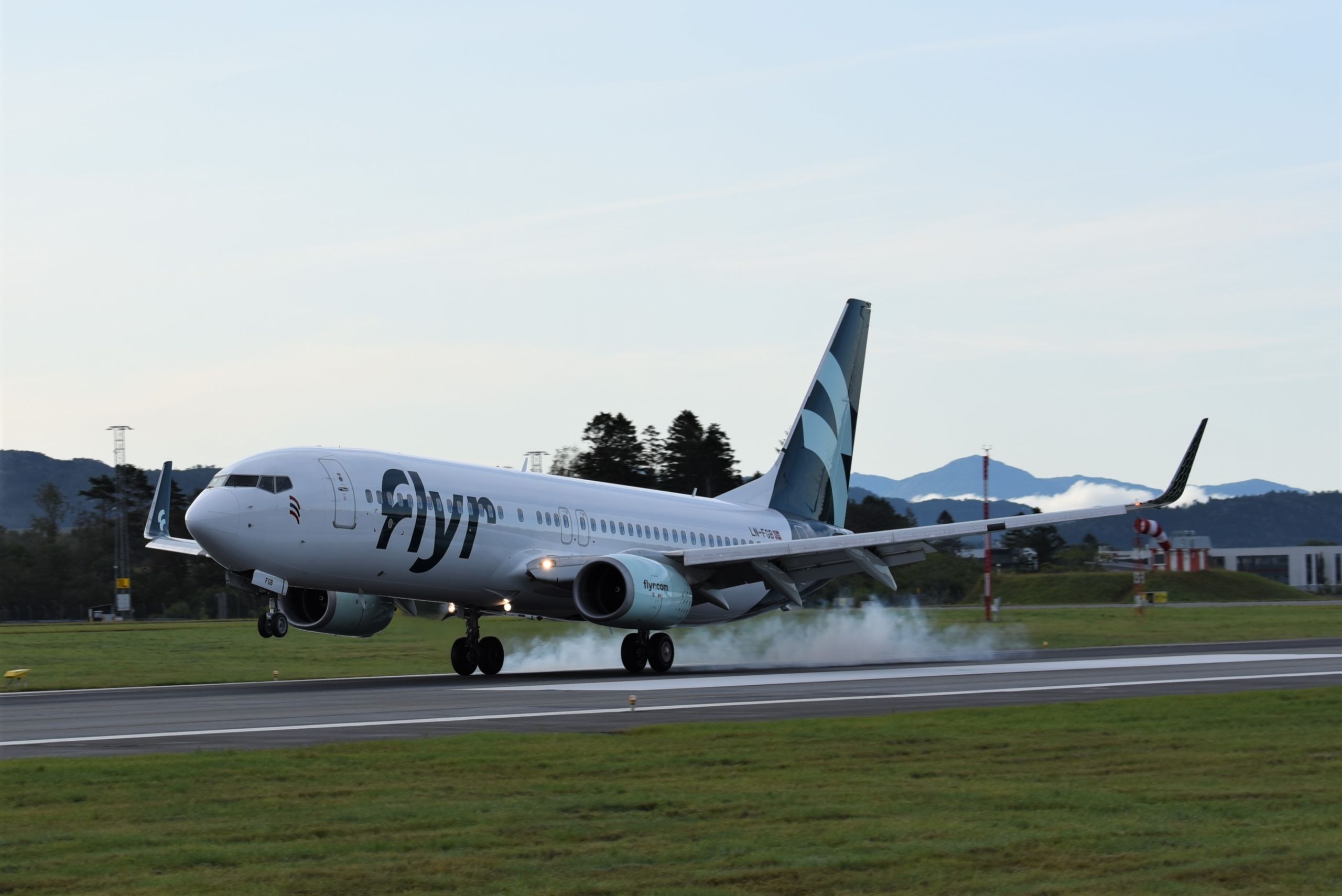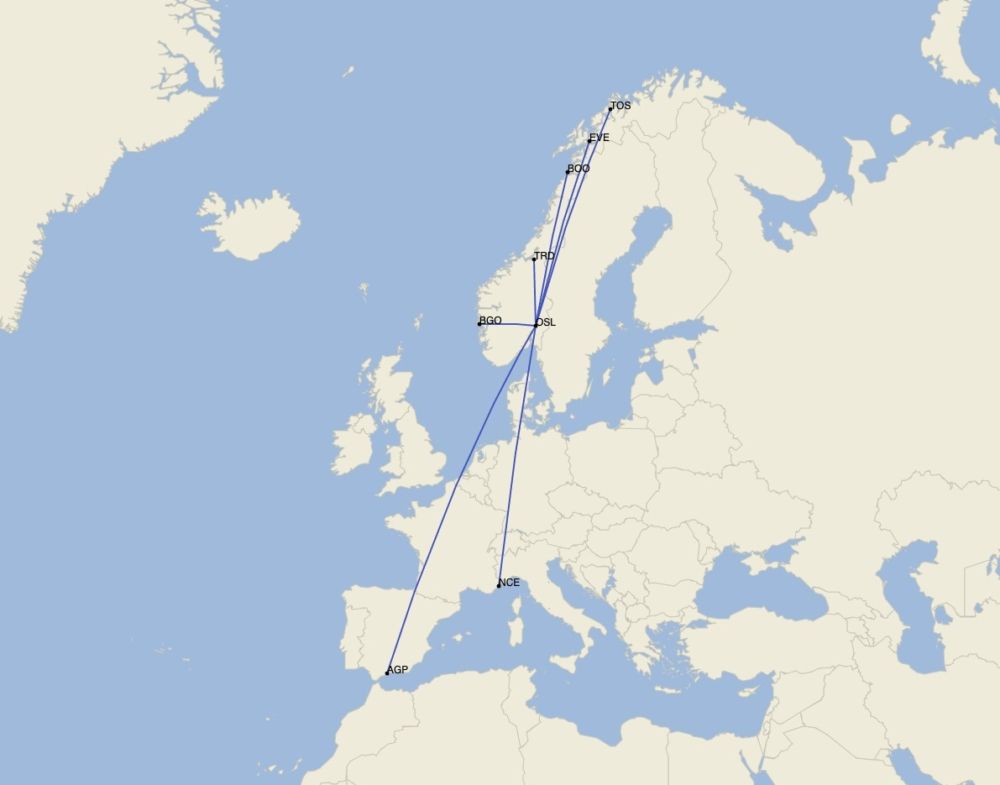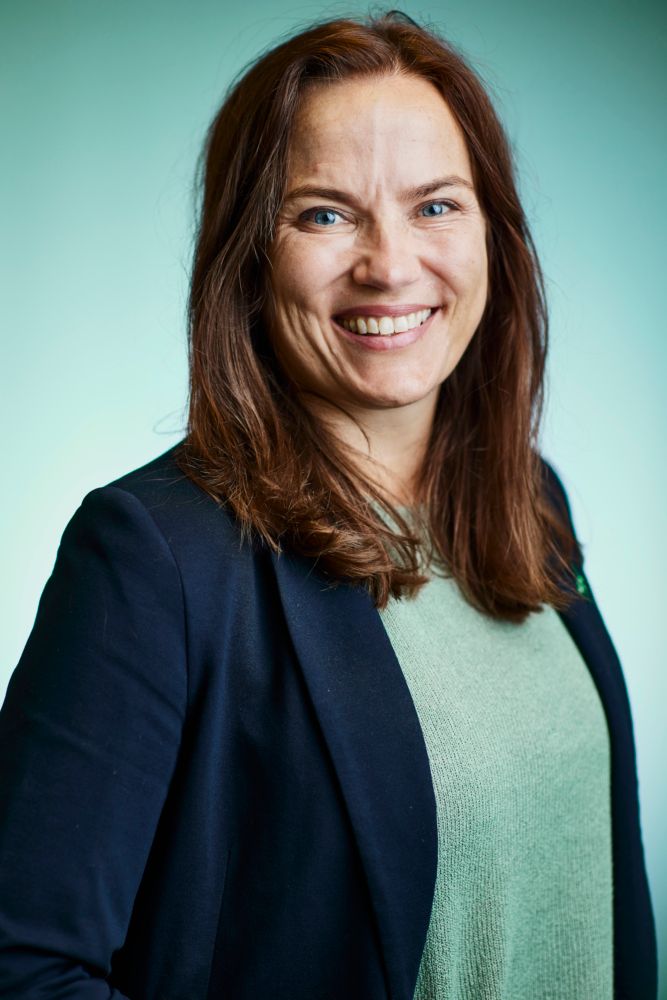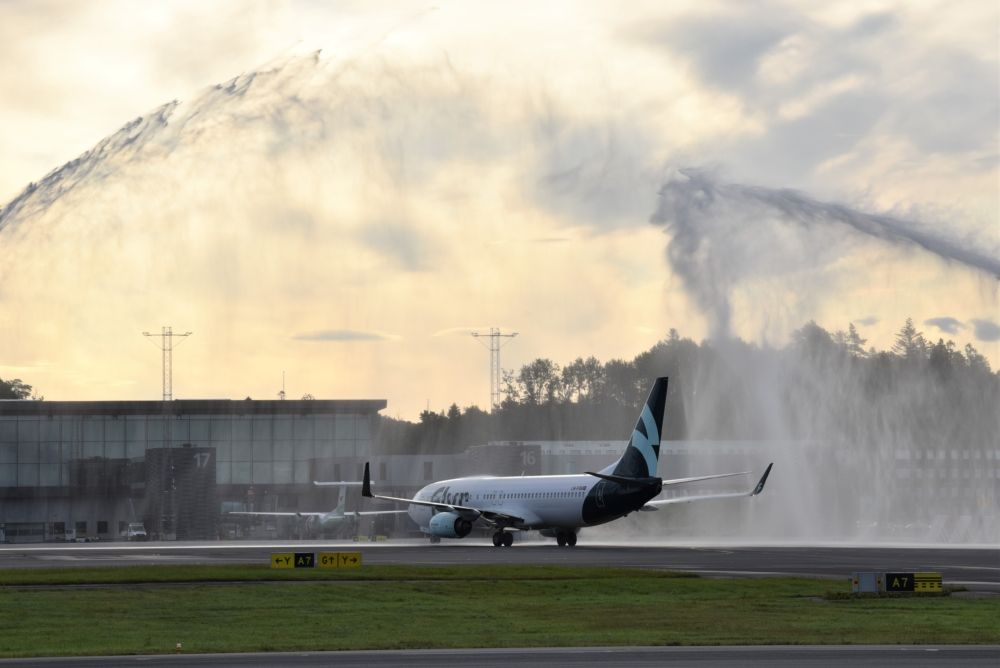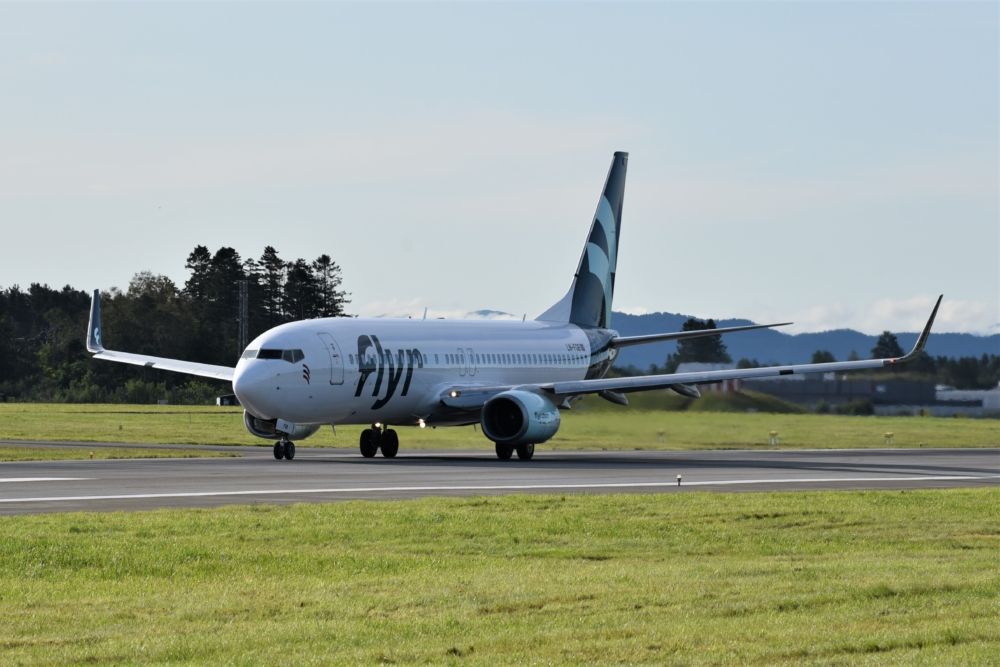Norwegian startup airline Flyr has been busy ramping up its operations, launching its first international flights towards the end of Europe. CEO Tonje Wikstrøm Frislid explained to delegates at this week’s Aircraft Interiors Expo (AIX) what’s going to make this startup succeed where others have come unstuck.
Three months of Flyr
It’s been more than three months since Norwegian startup Flyr took its first flight. With three Boeing 737-800s in the fleet and another one on the way, it has ramped up from just 68 flights in July to more than 500 scheduled in September.
Speaking at the Aircraft Interiors Expo (AIX) yesterday, Flyr’s CEO gave some insight into what’s going to make this airline succeed. Asked to summarize her airline and what its mission was, Tonje Wikstrøm Frislid, CEO of Flyr, summed it up by saying,
“We are a Norwegian low-cost carrier … our ambition is to offer something new in the aviation industry. We believe that there is a need for an airline in Norway that puts the customers and the employees first.”
Norway hasn’t been friendly to low-cost carriers in the past. After Norwegian’s hit a bump in the road, Wizz tried its hand. Finding too much red tape and a difficult market to penetrate, Wizz departed Norway as quickly as it had arrived. So how is Flyr going to make sure it succeeds in this environment?
Stay informed: Sign up for our daily and weekly aviation news digests.
A clean sheet airline
Flyr follows in the footsteps of another Norwegian low-cost carrier, who started small and then grew so large, it ended up being its downfall. Norwegian Air outgrew its simple, low-cost roots, suffering financially for many years. In the end, the pandemic forced it into bankruptcy, a process that has seen it emerge as a short-haul-only airline.
Tonje Wikstrøm Frislid had an inside view of what went on with Norwegian. She worked for the airline from 2007, starting as a crew planner and working her way up to Vice President of Crew Management. When she joined, Norwegian was an all-737 operator, flying only short-haul routes around Norway and Europe.
Having watched the airline grow and flourish into a transatlantic widebody operating airline, Tonje Wikstrøm Frislid couldn’t have been better positioned to see what could be done differently. As with any legacy airline, legacy systems become an encumbrance, and that, she says, is Flyr’s advantage.
“It’s a huge opportunity to actually start something from scratch and that's an obvious advantage as well. Being able to have a totally new technology platform and a simple organisational structure actually helps us to be way more efficient than our legacy competitors. We are also able to adapt to the new market, because we do think the new market will change. We don't have to be on the same scale as the legacy operators … we can have a smaller scale operation, and also be able to adapt to the demand we see.
“These efficiencies give us the time to actually take care of our employees and our customers. We have gotten great feedback from the customers who travelled with us during the summer, and particularly our colleagues who really appreciate the different type of model we are.”
Very early on in its journey, Flyr put in place the collective bargaining agreement for its pilots and cabin crew. It has also introduced a profit-sharing model for all employees, which Tonje says has been warmly welcomed by her team. It’s interesting to see the clear focus on employee happiness, given that she was so heavily involved in the people side of Norwegian Air.
New technology
As part of the clean sheet start, Flyr has looked to the latest trends in technology to future-proof its operations. A key element of this is the fact that Flyr is the first pure NDC One Order airline.
NDC, or New Distribution Capability, is an initiative from IATA to enhance the capability of communications between airlines and travel agents. In a nutshell, it allows airlines to sell and market all of their products, from the core tickets to ancillary services, through any third-party travel agent, not just on their own site. The Flyr CEO commented on this new system, noting,
“It is exciting and it's really flexible … We have a fully integrated, multi-platform, web-based booking system; it's called One Order. It's a state-of-the-art operational technology infrastructure … For us, it’s the best, since our goal is to deliver a friction free and friendly journey.”
One Order is an IATA solution that simplifies the process of reservation, delivery, and accounting by phasing out the traditional PNRs and ticketing methods. For Flyr, there were no such legacy systems to phase out, so it was able to hit the ground running with the NDC-based system.
It’s the direction that the entire industry is headed in the longer term, and has ensured Flyr has future-proofed its operations from the start.

